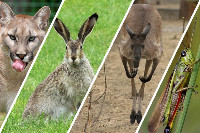WunderQuiz
Rabbit basics
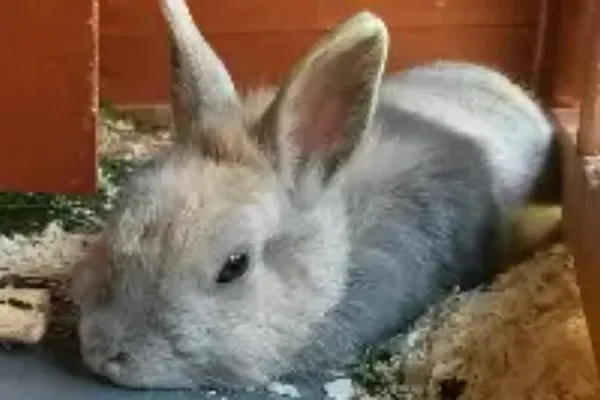
Rabbit basics
Do you know how many babies a rabbit can have? What does a rabbit do when it feels in danger?
Quiz Preview
What is the Rabbit diet ?
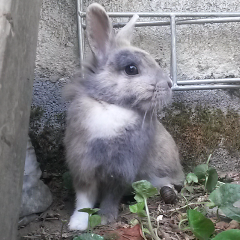
The rabbit is a rodent.
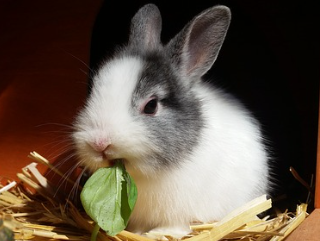
The rabbit, contrary to popular belief, is not a rodent. It's a lagomorph.
The lagomorph has a second pair of incisors on each jaw.
And the lagomorph is caecotrophic, eating its own feces. Bon appetit.
The rabbit has a 360° view.
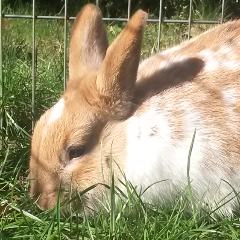
Rabbits live :
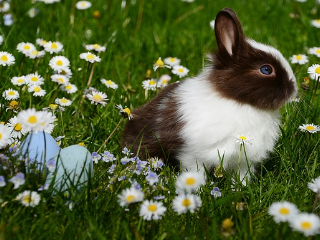
Rabbits are born naked and blind.
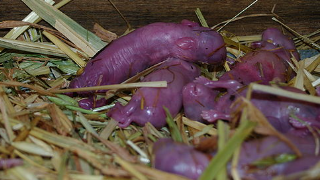
The young quickly emerge from the nest, which is made entirely of plant material.
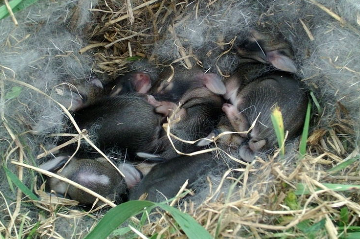
The young must remain hidden in a nest lined with their mother's belly hair.
Within a few days, the bunnies are on their own.
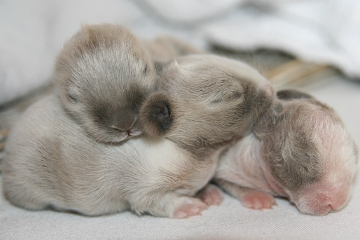
They are cared for and nursed by the rabbit for several weeks, at the beginning and end of the day, before being able to fend for themselves.
At around two weeks of age, young rabbits begin to nibble on plants.
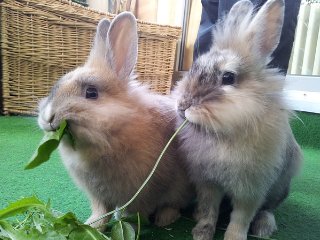
When do bunnies become independent?
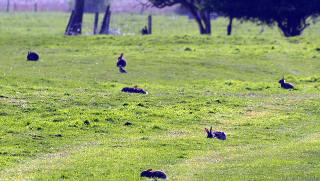
At around four to five weeks, they follow their mother before becoming independent.
How many litters can a female rabbit have in a year?
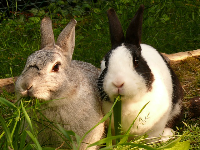
A female can have three to five litters a year, after a gestation period lasting around a month.
Do rabbits hibernate?
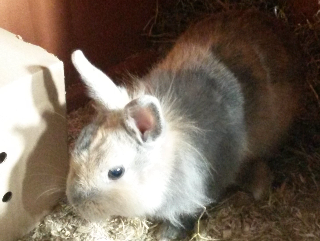
Rabbits don't hibernate.
If a rabbit spots a danger :
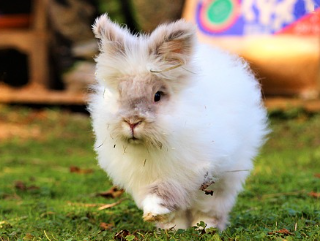
If a member of the colony spots danger, it doesn't shout, but quickly taps his foot on the ground to alert his fellow members.
In very cold weather, they seek refuge in a burrow dug by themselves or abandoned by another animal.

Wild rabbits do not migrate or hibernate during cold winters; instead, they remain active and rely on various types of shelter to stay warm and safe. The specific living arrangements can differ by species, but here are a few common ways rabbits cope with frigid conditions.
Their average lifespan is one year in the wild, although they can theoretically live for two years or more.
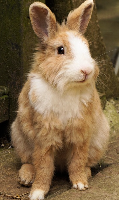
Wild rabbits generally have much shorter lifespans than their domesticated counterparts. While a pet rabbit can live anywhere from 7 to 12 years (sometimes even longer), a wild rabbit typically survives only 1 to 3 years.
Domestic pet rabbits can live up to ten years.
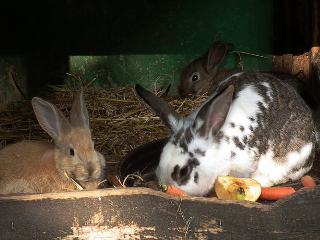
A litter can number up to ....?
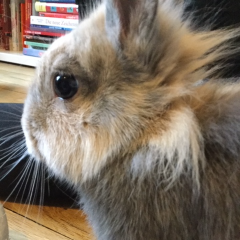
Rabbit litters can vary in size, but they typically range from 1 to 14 kits (baby rabbits). The average litter size is usually around 7 to 8 kits. However, it's important to note that the litter size can be influenced by various factors such as the breed of the rabbit, the age and health of the doe (female rabbit), and environmental conditions.
